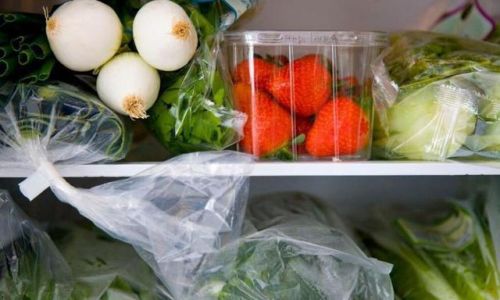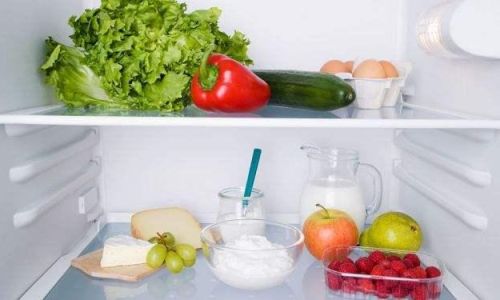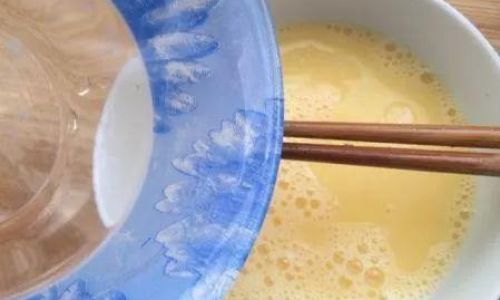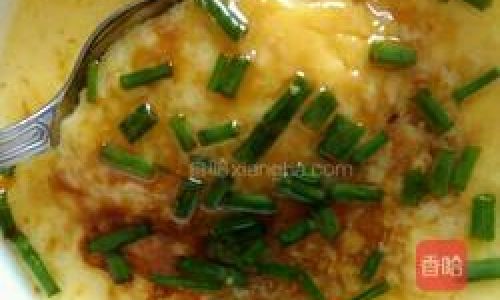Food preservation has been a cornerstone of human civilization for millennia, enabling societies to store surplus harvests, avoid waste, and ensure nutritional security during lean seasons. From ancient methods like sun-drying and fermentation to cutting-edge technologies such as freeze-drying and irradiation, the art of preserving food has evolved dramatically. This article explores a comprehensive range of food preservation methods, their principles, applications, and benefits, offering insights into how both traditional and modern techniques continue to shape global food systems.
Refrigeration and Freezing
Refrigeration and freezing are among the most widely used preservation methods today, relying on low temperatures to slow microbial growth and enzymatic reactions. Refrigerators maintain temperatures between 0°C and 4°C (32°F and 39°F), significantly delaying spoilage without freezing the food. Freezing, typically below -18°C (0°F), halts microbial activity entirely, making it ideal for long-term storage of meats, vegetables, and prepared meals.
How It Works: Low temperatures reduce the rate of chemical reactions and inhibit the reproduction of bacteria, yeasts, and molds. While refrigeration extends shelf life by days or weeks, freezing can preserve food for months or even years.
Applications: Perishable items like dairy, raw meats, and leafy greens thrive in refrigerators. Freezing is popular for fruits, vegetables, and proteins. Modern innovations like vacuum-sealed freezing minimize freezer burn, preserving texture and flavor.

Pros: Simple, accessible, and retains nutritional value.
Cons: Requires consistent energy; freezer burn can degrade quality over time.
Canning (Heat Processing)
Canning involves sealing food in airtight containers and heating them to destroy microorganisms. Developed in the 19th century, this method revolutionized food storage, enabling armies, explorers, and households to access seasonal produce year-round.
How It Works: Heat kills bacteria, molds, and yeasts, while the sealed container prevents recontamination. Two methods exist: boiling-water canning (for high-acid foods like tomatoes) and pressure canning (for low-acid foods like meats).
Applications: Jams, soups, vegetables, and meats. Home canners often use Mason jars, while industrial canneries employ automated systems.
Pros: Long shelf life (1–5 years); retains flavor and nutrients.
Cons: Requires precise temperature control; improper canning can cause botulism.
Drying (Dehydration)
Drying removes moisture, creating an inhospitable environment for spoilage organisms. Ancient civilizations used sun-drying, wind, or fire to preserve grains, herbs, and meats. Modern dehydrators and freeze-drying machines have streamlined the process.
How It Works: Reducing water activity (aw) to below 0.6 prevents microbial growth. Sun-drying relies on solar heat and airflow, while electric dehydrators use controlled heat and fans.
Applications: Fruits (raisins, apricots), vegetables (chips, powdered spices), and jerky.
Pros: Lightweight, portable, and concentrates flavor.
Cons: Can reduce nutrient content if overheated; rehydration required before use.
Pickling and Fermentation
Pickling involves submerging food in acidic solutions (usually vinegar), while fermentation uses natural microbes to produce lactic acid or alcohol. Both methods lower pH, inhibiting pathogens.
Pickling:
- How It Works: Acetic acid in vinegar kills microbes and adds tanginess.
- Applications: Cucumbers, onions, and eggs.
- Pros: Quick process; adds unique flavor.
- Cons: High vinegar content may alter texture.
Fermentation:
- How It Works: Beneficial bacteria like Lactobacillus convert sugars into acids (e.g., sauerkraut, kimchi).
- Applications: Dairy (yogurt), vegetables (kimchi), and beverages (kombucha).
- Pros: Enhances digestibility and introduces probiotics.
- Cons: Requires careful temperature control to prevent spoilage.
Smoking and Curing
Smoking and curing use salt, sugar, and smoke to dehydrate and flavor food. Ancient methods involved preserving meat over smoldering fires, while modern curing often combines nitrites/nitrates for safety.
Smoking:

- How It Works: Smoke imparts antimicrobial compounds (e.g., phenols) and dehydrates food.
- Applications: Fish (smoked salmon), meats (bacon).
- Pros: Adds complex flavor; extends shelf life.
- Cons: Requires specialized equipment; over-smoking can cause bitterness.
Curing:
- How It Works: Salt draws out moisture, while nitrates inhibit Clostridium botulinum.
- Applications: Hams, salamis, and corned beef.
- Pros: Preserves texture and color.
- Cons: High sodium content; nitrites linked to health concerns if misused.
Vacuum Sealing
Vacuum sealing removes oxygen from packaging, slowing aerobic bacterial growth and oxidation. Often paired with refrigeration or freezing, this method is popular in modern kitchens.
How It Works: Airtight bags or containers prevent microbial growth and freezer burn.
Applications: Meats, cheeses, and leftovers.
Pros: Extends shelf life; reduces waste.
Cons: Requires initial investment in equipment; ineffective against anaerobic bacteria.
Chemical Preservatives
Synthetic additives like sodium benzoate, sulfites, and ascorbic acid inhibit microbial growth or enzymatic browning. While controversial, they play a vital role in processed foods.
How It Works: Preservatives disrupt cellular functions in microbes or react with oxygen.
Applications: Jams (pectin), dried fruits (sulfites), and baked goods (calcium propionate).
Pros: Ensures safety and stability.
Cons: Allergic reactions possible; some consumers prefer “clean-label” products.
Modern Innovations: Freeze-Drying and Irradiation
Freeze-Drying (Lyophilization):
- How It Works: Food is frozen, then ice is sublimated under vacuum, leaving lightweight, porous product.
- Applications: Instant coffee, astronaut meals, and pharmaceuticals.
- Pros: Preserves structure, flavor, and nutrients.
- Cons: Expensive; requires specialized machinery.
Irradiation:
- How It Works: Ionizing radiation kills pathogens and pests.
- Applications: Spices, imported fruits, and meats.
- Pros: Eliminates bacteria without heat.
- Cons: Public perception issues; regulatory hurdles.
Oil and Fat Preservation
Submerging food in oil or fat creates an oxygen-free barrier, preventing spoilage. Ancient methods like confit (cooking meat in its own fat) remain relevant.
How It Works: Fat seals food and inhibits microbial growth.
Applications: Duck confit, preserved lemons, and herb-infused oils.
Pros: Adds richness; extends shelf life.
Cons: High-fat content; requires sterilization to prevent botulism.
Root Cellaring and Burial
Traditional methods like root cellaring exploit cool, humid environments to store root vegetables, apples, and winter squashes. Burial in sand or soil regulates temperature and humidity.
How It Works: Natural insulation slows respiration and sprouting.
Applications: Potatoes, carrots, and onions.
Pros: Zero energy use; maintains crispness.
Cons: Limited to specific climates and produce.
Conclusion
The quest to preserve food has driven human ingenuity for centuries, blending time-tested traditions with technological marvels. From the simplicity of sun-drying to the precision of freeze-drying, each method offers unique advantages. Consumers today benefit from a diverse toolkit, whether they aim to reduce waste, save money, or savor seasonal flavors year-round. By understanding these techniques, individuals and industries alike can make informed choices, ensuring food remains safe, nutritious, and delicious—no matter the season or circumstance.






0 comments